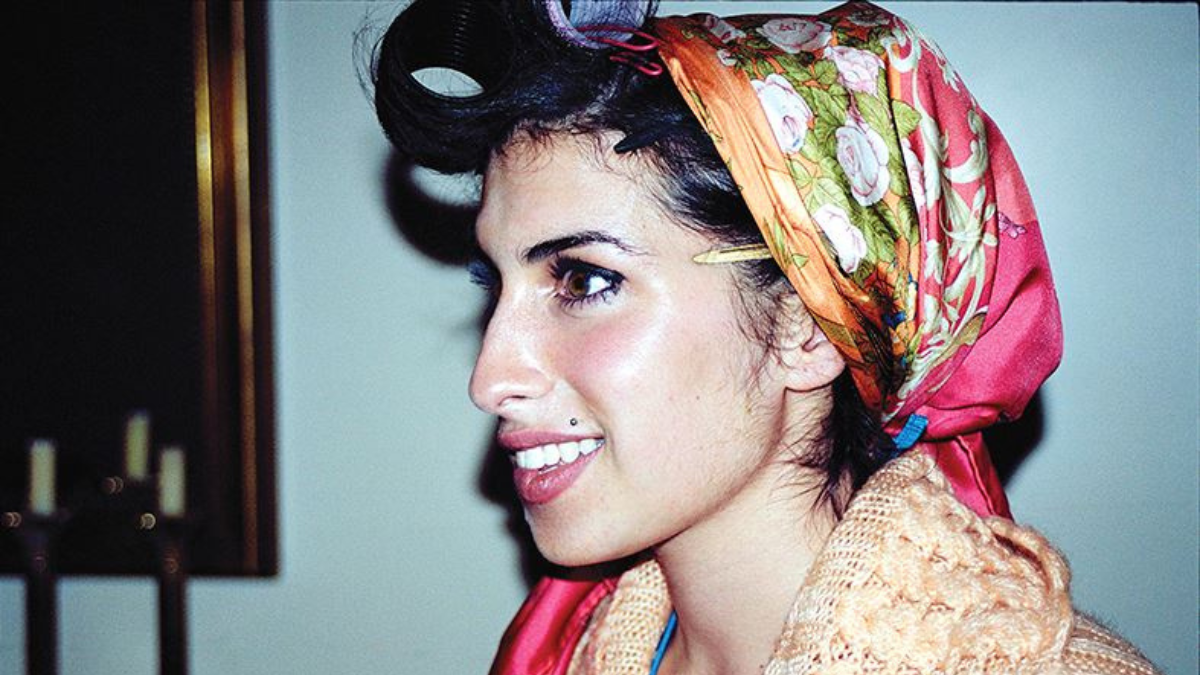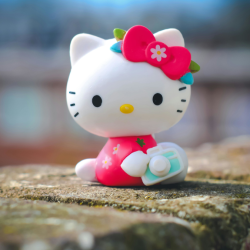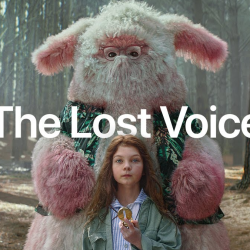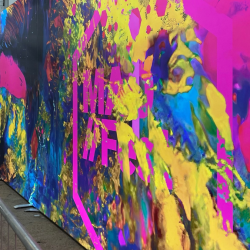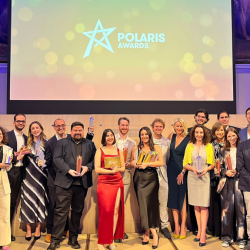When Prince passed away in 2016…
Much was made of the Paisley Park ‘vault’, believed to contain over 8,000 unreleased songs from the prolific purple pop star. Tyka Nelson, the musician’s younger sister and one-sixth owner of Prince’s estate, took on the task of unearthing and sharing this work with the world. A heavy responsibility that she claims was her brother’s wish, and that so far has yielded 3 albums of work, only 1 of which has broken into the Top 10.
I won’t get off this planet until he gets every single solitary thing he worked so hard for and preserved for all of the world to hear.
Tyka Nelson
Committed. In 1996, having released 4 studio albums, and with an estimated net worth in the region of $200K, Tupac Shakur was murdered at the untimely age of 25. In the years following his death his canon has swelled to include 7 posthumous studio releases and a raft of live albums, and his estate is now worth over $40m. As if that wasn’t huge enough, in 2012 — a cool 16 years after his death — he even performed at Coachella, in hologram form anyway.
Still way cooler than an Abbatar… IMHO. And since Amy Winehouse left us in 2015, with two undeniably, utterly brilliant albums under her belt, we’ve had a single posthumous album drop The Lionness, mostly made up of demos and covers, and a couple of hotly contested documentaries about her life, told from multiple points of view, none her own.
Whilst these artists have left a mark on culture, there’s a huge question around what their legacies will look like over time; with others entrusted to making creative decisions on their behalf
Tupac has, in terms of output, been more prolific in death than life, but to what degree is this cementing or degrading the legacy he’d built by such a young age? When such cultural icons are lost too soon, those who love their art are haunted by the loss, and left with questions about what they could have gone on to do, how their sounds and lyrical content may have evolved, and who they could have possibly collaborated or performed alongside. What more spectacular moments might they have brought the world? For me, there’s something incredibly uneasy about the creation of new art in the name of the artist after death. In an interview with the NME back in 2021, Mitch Winehouse (father of Amy) is quoted on rumours of a second posthumous release:
We’ve found a few bits and pieces but it’s difficult because the CDs are a bit corrupted, but apparently we’ve been told we might be able to rescue something. It might not be as good as Back To Black, but from what I’ve heard, from the snippets that we might be able to rescue, it’s good.
Mitch Winehouse
Good lord. Would the artist ever release an album of ‘bits and pieces’, especially an artist as brilliant and precise as Amy? I doubt it. The extent to which these releases tarnish an artist’s legacy is arguable. But as with any art, the output has to come from the creative instinct of the mind behind it. And work — even if it has come from the ‘bits and pieces’ of the artists’ mind — when put together, really isn’t a ‘Tupac’, a ‘Prince’, or an ‘Amy’ release.
Building legacy as an artist, that’s really something
It’s not just measured in terms of output, but more broadly in terms of the decisions they took, the values they held, and their unique ability to move culture forward — and importantly, to inspire others to do the same. With developments in CGI and AI technologies, a whole new form of digital necromancy is now possible — estates are not now so reliant on what the artists produced in life, they could in theory create new stems, lyrics, vocals, compositions, even videos featuring the artists.
Just last month an AI generated track featuring Drake and The Weeknd went viral, only to be pulled by the various social platforms for copyright infringement. It’s not that incredulous to imagine a new Amy Winehouse track dropping, with lyrical content inspired by previous work, and with vocals that sound true the original.
Whilst none of us can dictate truly the legacy that we leave — ultimately that will be decided by others — in the case of musicians, the work they produce during their lives should stand firm as a document of their talents, their creative decisions, and their values. The world doesn’t need any more from them than that, and certainly not a litany of ‘bits and pieces’.
Featured image: Amy Winehouse Beyond the Stage, Charles Moriarty / Design Museum

















